How European associations can amplify their voice using AI.
European associations sit at a unique crossroads. You represent diverse members, influence policy, and act as trusted voices in fast-moving debates. Yet you do all this while balancing limited resources, multilingual complexity, and increasing pressure to stay visible in Brussels, across Europe, and beyond.
The challenge is clear. The communication landscape has shifted. Today, more than half the world uses AI assistants to search for information, summarize policy updates, or compare solutions. If your association’s expertise is not being picked up and cited by these systems, you are missing the moment where decisions are shaped.
AI is not only about producing more content. It is about ensuring your voice is heard, trusted, and amplified in an environment where algorithms are often the first filter.
Three shifts that matter for associations.
From SEO to GEO
Traditional search was about keywords and visibility on Google. Now, Generative Engine Optimization (GEO) is the key. GEO ensures that when someone asks an AI assistant about your policy area, your association appears in the response. Without GEO, your expertise risks being overlooked.From generic to authentic
AI can generate endless text, but volume does not equal influence. Associations gain authority by sounding unmistakably like themselves. This requires defining a clear communication DNA: your principles, your point of view, your tone. When AI is trained with that DNA, it stops producing generic content and starts amplifying your authentic voice.From overwhelm to clarity
Your teams are under pressure: too many demands, too little time. Used strategically, AI can cut the time spent on routine tasks by up to 40 percent. That means more space for thought leadership, member engagement, and real advocacy work, instead of fighting fires.
What associations can do right now.
Audit your current visibility. How often does your content appear when AI tools summarize your sector?
Develop strategic prompting frameworks. Tools like TRACE (Task, Role, Audience, Context, Expectation) ensure AI outputs are useful and aligned.
Infuse your brand voice. Upload guidelines, tone examples, and past communications into AI tools so they reflect your unique positioning.
Equip your team. Training staff on both the risks and the opportunities builds confidence and consistency across communications.
Think beyond content creation. AI can support monitoring, stakeholder briefings, and policy analysis, giving you back time for strategy.
The opportunity for early adopters.
Associations that adapt quickly will secure an advantage. You will appear in the conversations where policy is shaped. You will build trust by showing clarity when others sound generic. You will create more space for strategy by letting AI handle the repetitive work.
Those that wait may find their expertise drowned out by louder or less credible voices.
The good news is that this shift is not about abandoning what you do best. It is about amplifying it. AI can extend your reach, reinforce your positioning, and free your team to focus on the work that matters most.
AI does not replace the human element.
The role of associations is human at its core: building trust, influencing debates, and bringing diverse voices together. AI will never replace that. What it can do is strengthen your ability to show up consistently, to be heard in crowded spaces, and to ensure that your values and expertise remain visible in an era where algorithms often decide what is seen.
For European associations, the question is no longer whether to use AI. It is how to use it well. Done right, AI will not dilute your voice. It will amplify it.
